16 Types of Birds That Swim Underwater
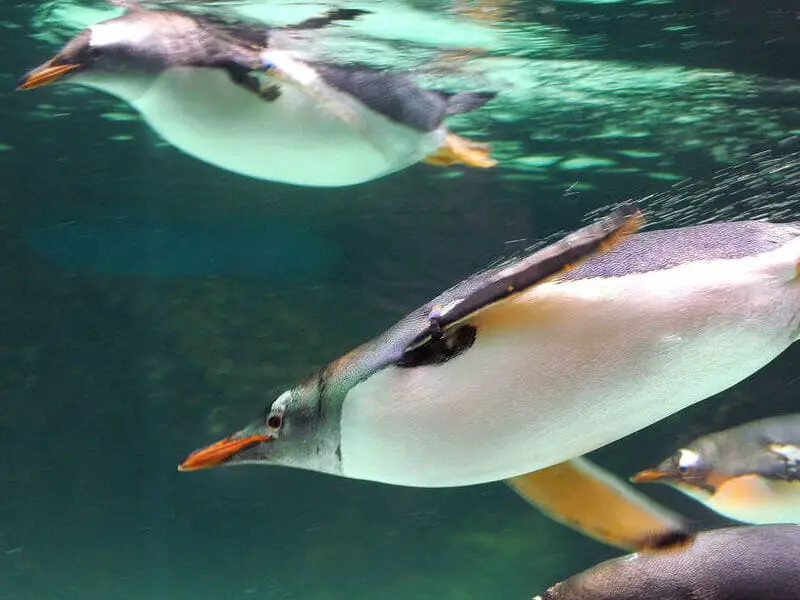
Do you know which birds can swim underwater? There are quite a few of them! In this blog post, we will discuss some of the most common birds that can swim and dive beneath the surface of the water.
We will also take a look at their unique adaptations that allow them to do this. So, if you’re interested in learning more about these amazing creatures, keep reading!
Which Birds That Swim Underwater?
While most birds are content to stick to the air, a few bird species have developed the ability to swim underwater. Perhaps the most famous of these birds that swim underwater is the penguin, which spends much of its time hunting for fish in the frigid waters around Antarctica.
However, penguins are not the only bird that can swim; albatrosses, grebes, and a number of other bird species have also developed this capability. While swimming might not be as common as flying among birds, it is nonetheless an important skill for those bird species that live near water.
1. Gannets
Gannets are amazing birds that swim underwater powerfully. In fact, they are so good at swimming that they can often catch fish much larger than themselves. But gannets are not just good swimmers; they are also excellent flyers.
They can reach speeds of up to 90 miles per hour when flying, and their long wings allow them to glide for long periods of time. Gannets are also interesting because they live in colonies. These colonies can be quite large, with some containing tens of thousands of birds..
2. Diving Ducks
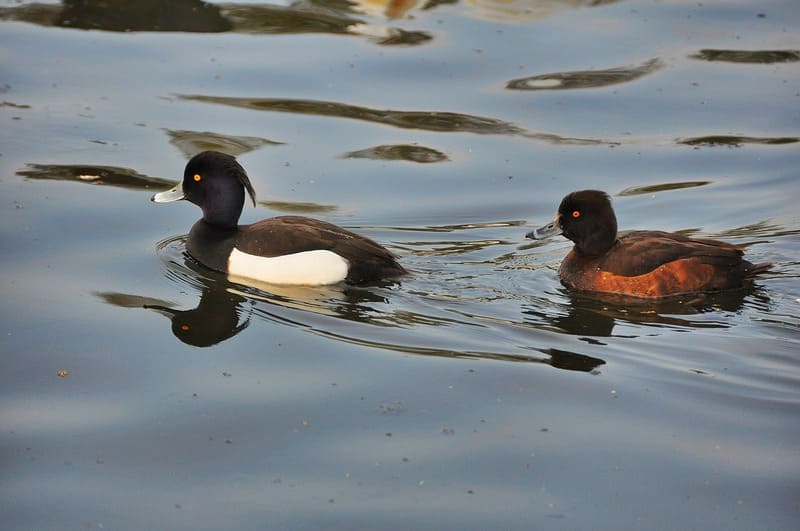
Diving ducks are a special breed of bird that can actually swim! That’s right, while most ducks just paddle around on the surface of the water, diving ducks are able to dive deep beneath the surface in search of food. These birds have several adaptations that allow them to perform this amazing feat, including webbed feet and waterproof feathers.
When they’re ready to take the plunge, diving ducks tuck their wings close to their body and enter the water with a small splash. Then, they use their powerful legs to propel themselves downward, reaching depths of up to 60 feet. They use their beak at the bottom of the pool to sift through the sediment for tasty morsels. They swim back to the surface and take off into the sky when they’ve had their fill.
3. Diving-Petrels
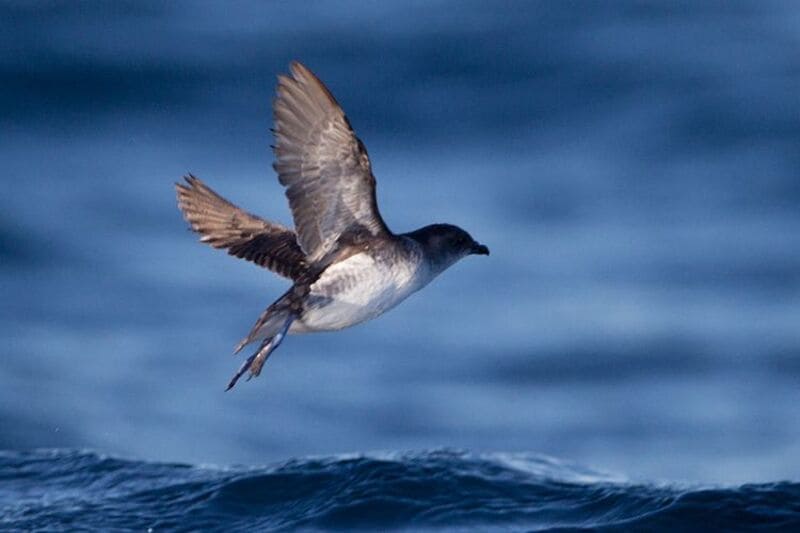
Diving petrels are one of the few birds that swim underwater. They spend most of their time at sea, only coming to land to breed. These birds are expert divers, and can plunge into the water from great heights in order to catch fish. Diving petrels are small birds with dark plumage and a white belly.
They have long wings and short tail, which makes them well-suited for life at sea. Diving-petrels are interesting birds, and are a fascinating example of how some bird species have adapted to life in the water.
4. Loons
Loons are a type of bird that swim underwater. They have long necks and legs, and their feet are webbed. Loons eat fish, and they often catch their prey by swimming underwater. Loons live in North America, and they spend most of their time on lakes and rivers. In the winter, they migrate south to the coasts.
5. Cormorants
Cormorants are a type of bird that is known for its ability to swim. In fact, these birds spend so much time in the water that they are often mistaken for ducks! Cormorants are expert swimmers who use their webbed feet to propel themselves through the water in search of fish.
These birds have long necks, and their bodies are covered in feathers that help to insulate them from the cold water. Although they are typically found near the coast, cormorants can also be found in inland lakes and rivers.
6. Shearwaters
Shearwaters are a type of bird that can swim. They’re well-adapted to life in the ocean and use their strong wings to “shear” through the water. Shearwaters are known for their long-distance migrations and often travel thousands of miles between their breeding and feeding grounds.
In some parts of the world, shearwaters are considered a delicacy. So if you ever find yourself on a deserted island with nothing to eat but a bird, think twice before cooking up a shearwater!
7. Swans
Swans are among the largest of birds, and they are also some of the most graceful. Though they are known for their white plumage, all swans actually have black feathers.
While swans typically spend their days swimming and preening their feathers, they are also powerful flyers. Given their size and beauty, it’s no wonder that humans have long revered swans.
8. Grebes
The grebe is a bird that can swim underwater. It has webbed feet and a waterproof coat of feathers. The grebe is a bird that can dive. It has specialised muscles and nerves that allow it to dive quickly and deeply.
The grebe is a bird that can catch fish. It has sharp eyesight and a quick beak. It has sharp claws and a strong grip. The grebe is a bird that can run and jump. It has strong legs and flexible joints.
9. Pelicans
If you ask me, pelicans are some of the most odd-looking birds around. They have huge beaks and pouches, and they can swallow fish whole. But what really sets them apart is their ability to swim. Before getting exhausted, most birds can only paddle around in the water for a little while, but pelicans are strong swimmers.
They use their webbed feet to propel themselves through the water at high speeds and often dive into the water to catch fish. Their swimming skills are so impressive that pelicans were once used in military competitions.
10. Penguins
Penguins are one of the most recognizable birds in the world. These flightless birds are native to the southern hemisphere and are experts at swimming.
In fact, penguins are such good swimmers that they have been known to travel long distances in search of food. While most penguins eat fish, some species also eat krill and squid.
11. Coots
Coots are interesting creatures – they’re basically a bird that can swim. Not only can they paddle around in the water, but they can also easily walk on land. Their webbed feet make them excellent swimmers, and their feathers help to keep them warm in colder temperatures.
Coots are generally found near ponds and lakes, where they can find food and shelter. They’re not the most graceful bird, but they’re definitely one of the most unique.
12. Puffins
Puffins are curious birds that can often be seen swimming near the shore. These plump little birds have black back and wings, and a white belly. They also have a brightly-colored beak, which is used to scoop up small fish from the water.
Puffins are excellent swimmers, and they often float on their backs in order to catch fish. In fact, their scientific name – Fratercula arctica – means “little brother of the north wind.” Puffins are found in cold waters around the world and typically breed on rocky islands.
13. American Dipper
The American Dipper is a bird that swim underwater. It’s one of the few bird species that can swim underwater. The bird gets its name from its habit of dipping its head into the water to catch fish. But the bird isn’t just a good fisherman; it’s also an excellent flyer. So if you’re ever in need of a bird that can swim and fly, be sure to call on the American Dipper.
14. Anhingas
If you’re ever lucky enough to see an anhinga, you might think it’s a bird that can swim. And you’d be right! These unusual birds have long necks and sharp bills, and they’re often seen swimming with just their heads sticking out of the water. They’re excellent fishermen, using their long necks to spear fish for their meals.
But don’t be fooled by their graceful swimming – anhingas are actually quite clumsy on land. They often have to wait for their feathers to dry before they can take flight, which makes them easy prey for predators.
15. Terns
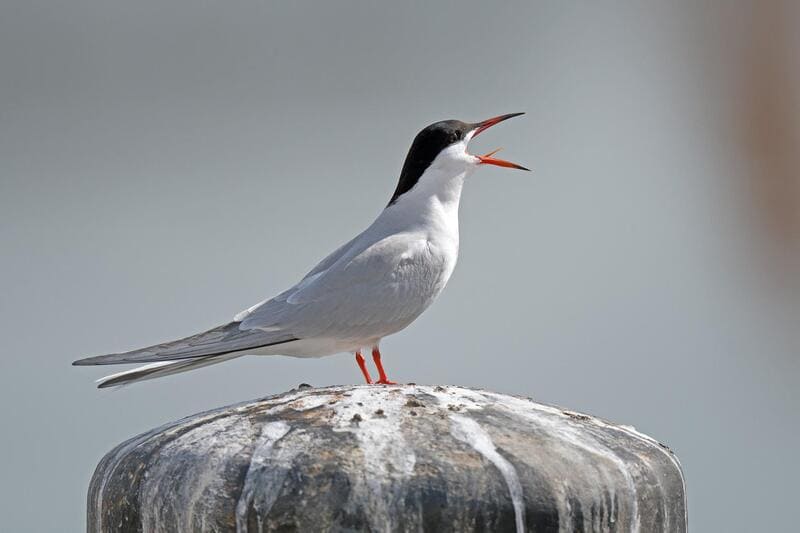
Terns are a type of seabird with long, narrow wings and a forked tail. They are excellent flyers and can often be seen swooping over the waves in search of fish.
In fact, the Arctic tern has been known to make one of the longest migrations of any animal on Earth, travelling from its breeding grounds in the Arctic to its wintering grounds in the Antarctic.
So next time you spot a bird flying overhead,keep an eye out for a tern – you might just be admiring one of nature’s true marvels.
16. Geese
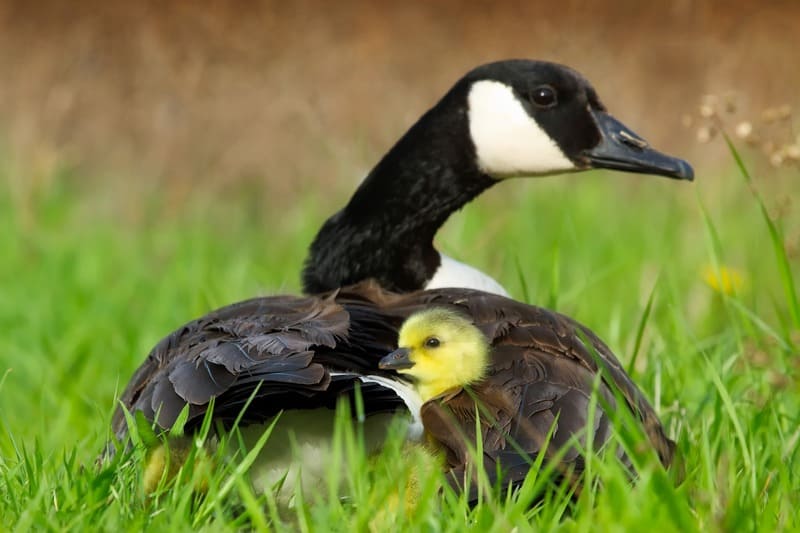
Geese are one of the birds that swim underwater. They can be amusing to watch as they waddle around on land. And in the water, they’re not half bad either.
For one thing, they’re one of the few bird species that can swim. This is due to their webbed feet, which help them to paddle through the water. They also have a waterproof coat of feathers, which helps to keep them dry and warm.
How Do Birds Float On Water?
Birds float on water because their feathers are water resistant. This means that the feathers can trap air bubbles, which makes the bird more buoyant. Additionally, most bird species have webbed feet, which help them to paddle through the water.
Can All Birds Float?
While most people believe that all birds can float, this is actually not the case. There are a variety of bird species that are unable to float, including penguins and ostriches. Instead, these birds rely on their wings to help them swim through the water. However, there is one bird that stands out as an exception to this rule.
The kiwi bird is the only bird that cannot fly or swim. Interestingly, scientists believe that the kiwi bird may be descended from flying ancestors. However, over time, the kiwi bird has lost the ability to fly due to a lack of need for this skill. As a result, the kiwi bird is the only bird that cannot float.
Can Eagles Dive Underwater?
While eagles are good swimmers, they’re not particularly well-adapted for diving underwater. Their feathers are not waterproof, so they can’t sink very far below the surface without getting wet. In addition, their talons are not ideally suited for grasping fish. So while an eagle could technically dive underwater after a fish, it’s not likely to be successful.
Can All Birds Land On Water?
While many birds are able to land on water, there are actually very few bird species that can swim. Most bird species have waterproof feathers that help keep them dry, but this does not mean that they can safely submerge themselves in water. Even birds that can swim generally prefer to avoid getting their feathers wet if possible.
Conclusion
So there you have it: the bird that can swim underwater. This bird is clearly a unique creature, capable of doing something that most other birds cannot. While it may not be the best swimmer in the world, it is still able to hold its own in the water and even catch fish.
So the next time you’re at the beach and see a bird swimming, don’t be so quick to assume that it’s a duck! There’s a good chance that it might just be one of these special birds.
Interesting articles:

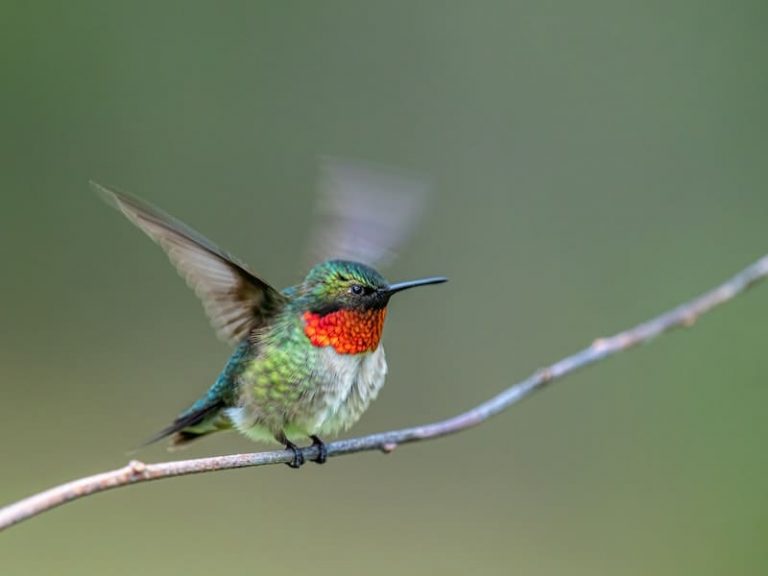
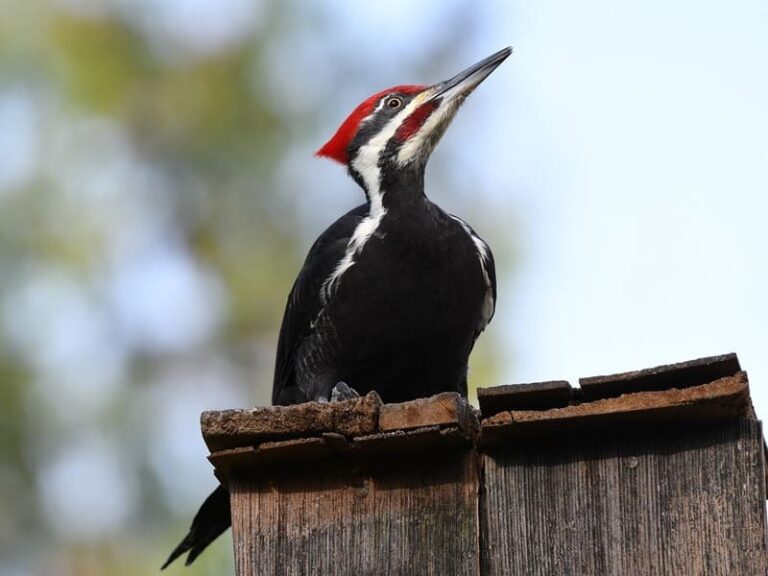
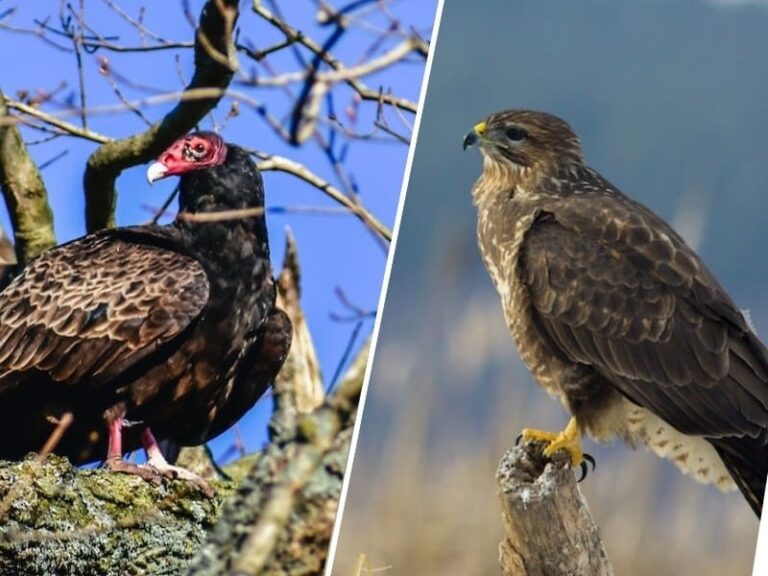
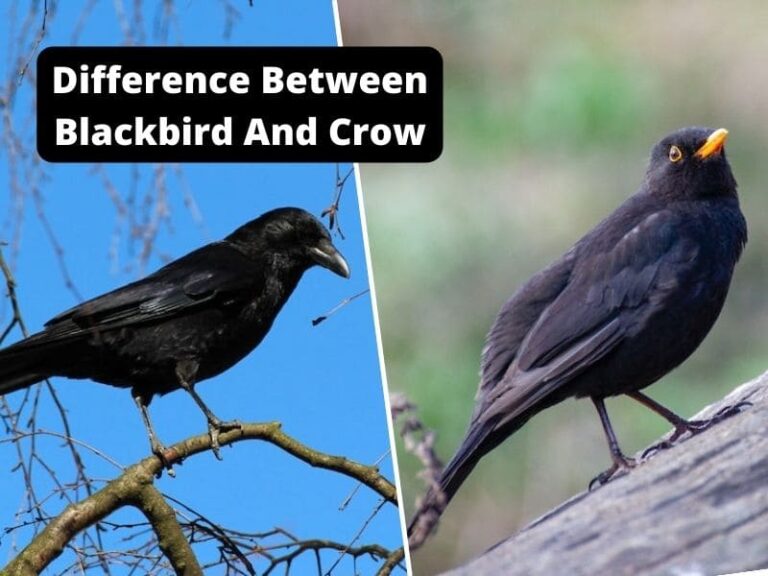
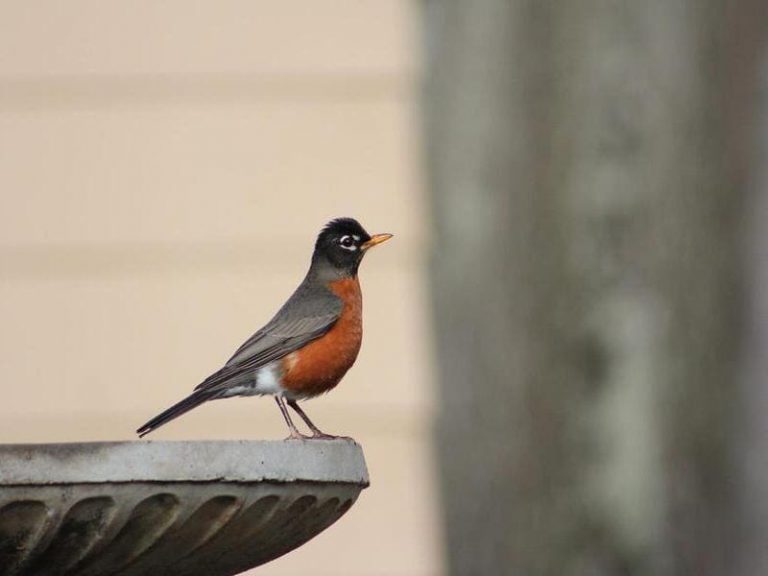
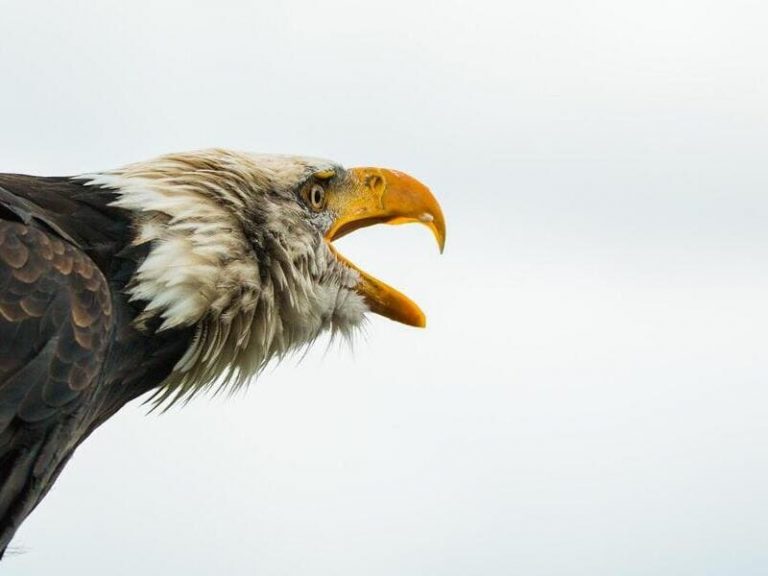
Top site ,.. amazaing post ! Just keep the work on !